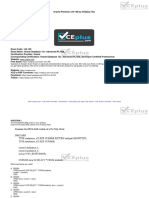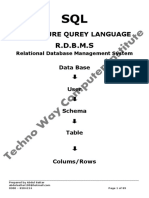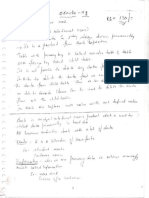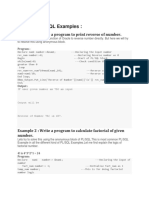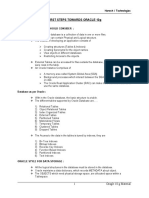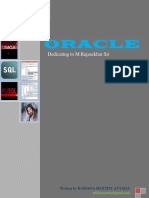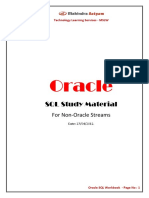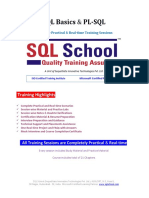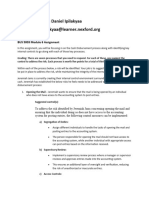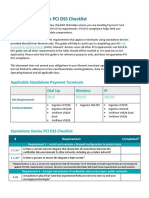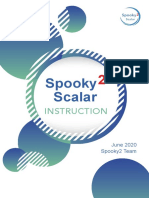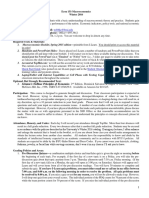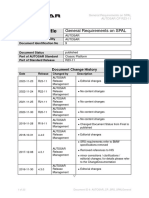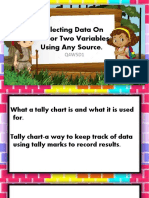0% found this document useful (0 votes)
214 views7 pagesOracle Syllabus
The document outlines the contents of 34 chapters that cover concepts and features in Oracle database including database models, SQL, PL/SQL, database architecture, security, indexing, partitioning, locks, SQL*Loader, and advanced features. Key topics include relational database concepts, SQL commands, PL/SQL programming, database objects, integrity constraints, joins, subqueries, and database administration functions.
Uploaded by
DolaDamaKrishnaCopyright
© © All Rights Reserved
We take content rights seriously. If you suspect this is your content, claim it here.
Available Formats
Download as DOCX, PDF, TXT or read online on Scribd
0% found this document useful (0 votes)
214 views7 pagesOracle Syllabus
The document outlines the contents of 34 chapters that cover concepts and features in Oracle database including database models, SQL, PL/SQL, database architecture, security, indexing, partitioning, locks, SQL*Loader, and advanced features. Key topics include relational database concepts, SQL commands, PL/SQL programming, database objects, integrity constraints, joins, subqueries, and database administration functions.
Uploaded by
DolaDamaKrishnaCopyright
© © All Rights Reserved
We take content rights seriously. If you suspect this is your content, claim it here.
Available Formats
Download as DOCX, PDF, TXT or read online on Scribd
/ 7





